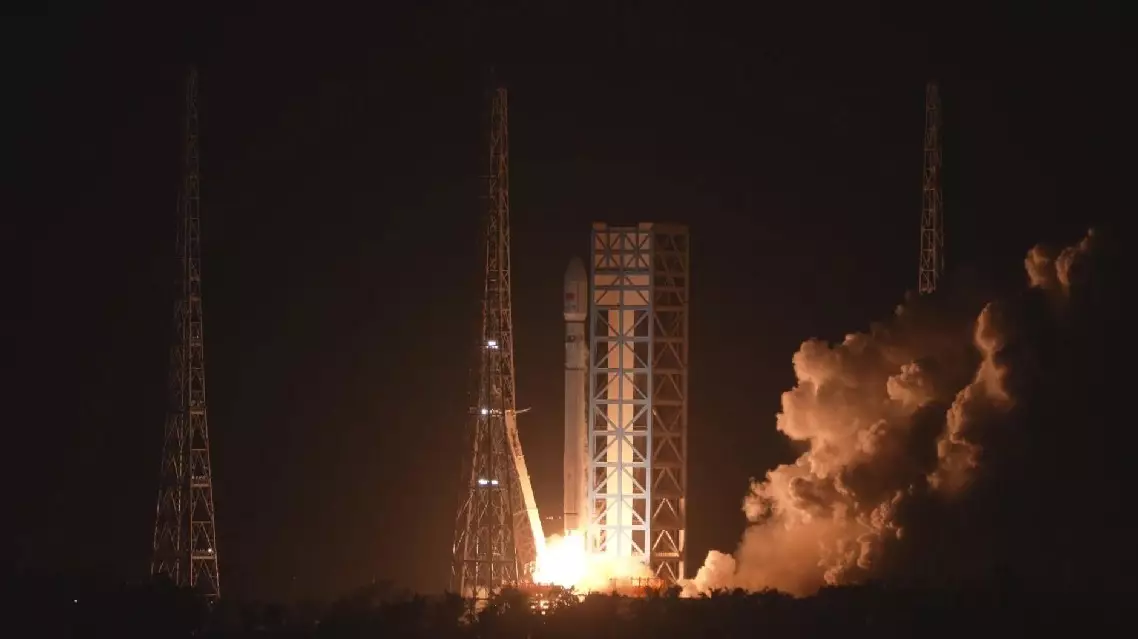China on Saturday successfully launched a new carrier rocket into space from the Hainan commercial spacecraft launch site in the southern island province of Hainan, marking the inaugural mission from the country's first commercial launch facility.
The Long March-12 carrier rocket blasted off at 22:25 (Beijing Time) from the site's No. 2 launch pad, successfully sending two experimental satellites into their planned orbits.
The launch mission achieved complete success at 22:48, according to Hainan provincial authorities.
Developed by the Shanghai Academy of Spaceflight Technology under the China Aerospace Science and Technology Corporation, it is currently the country's largest single-core carrier rocket in payload capacity. It features a two-stage configuration propelled by six liquid oxygen/kerosene engines, with a length of about 62 meters and a diameter of 3.8 meters.
The rocket is designed with a carrying capacity of no less than 12 tonnes in low Earth orbit and no less than six tonnes in 700-km sun-synchronous orbit.
Construction work on the Hainan commercial space launch site commenced in July 2022, and it is now the country's first launch site dedicated to commercial missions.
The site currently features two launch pads for liquid-propellant rockets. The No. 1 pad is designed for the Long March-8, China's new-generation medium-lift carrier rocket, while the No. 2 pad can accommodate multiple rocket types with varying diameters from commercial rocket companies. Each pad has an annual launch capacity of 16 launches.
Saturday's launch was the 548th flight mission of the Long March rocket series.

China's seaside commercial spacecraft launch site completes first mission









